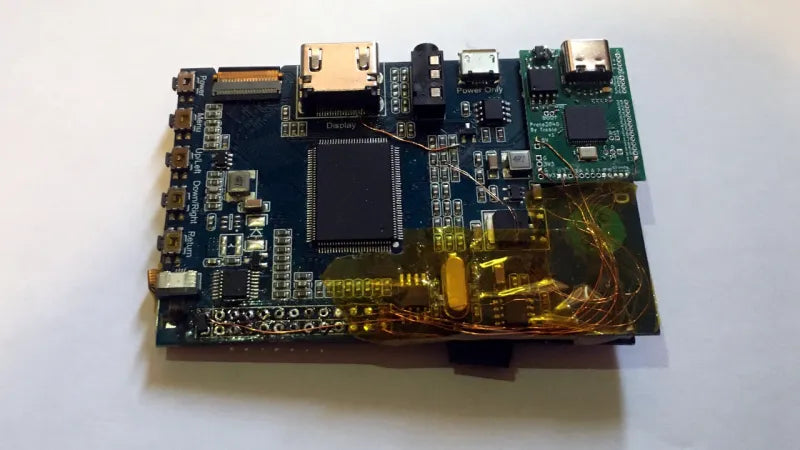
Exploring Human Interfacing Devices: The Descriptor Heist Unveiled
In the realm of human-computer interaction, the significance of human interfacing devices cannot be overstated. These devices bridge the gap between human intent and digital action, enabling seamless communication between users and their machines. Recently, Hackaday uncovered a fascinating project dubbed "The Descriptor Heist," shedding light on the intricacies of human interfacing devices and the ingenious methods employed to enhance their functionality.
At its core, the Descriptor Heist is a captivating exploration into the world of USB descriptor manipulation—a process that involves altering the descriptors of USB devices to achieve desired behaviors or functionalities. In simpler terms, it's akin to reprogramming the DNA of a USB device to make it behave in ways that its creators never intended.

The project delves into the inner workings of USB devices, dissecting the structure of USB descriptors and unraveling their secrets. USB descriptors serve as blueprints that dictate how a device communicates with a host computer, specifying crucial details such as device type, capabilities, and communication protocols. By tinkering with these descriptors, enthusiasts can unlock new possibilities and functionalities that transcend the device's original design.
One of the most intriguing aspects of the Descriptor Heist is its focus on human interfacing devices (HIDs)—a category of USB devices designed to facilitate interaction between humans and computers. Keyboards, mice, game controllers, and joysticks are all examples of HIDs that play a crucial role in our daily computing experiences. By manipulating the descriptors of these devices, the Descriptor Heist opens the door to a realm of customization and innovation that was previously inaccessible.
The implications of this project are manifold. For one, it empowers users to tailor their computing experience to suit their unique preferences and needs. Imagine remapping the keys on your keyboard to optimize productivity or enhancing the functionality of your gaming controller to gain a competitive edge. With the Descriptor Heist, such feats are within reach, offering a level of customization and control that was once reserved for hardware manufacturers.
Furthermore, the Descriptor Heist underscores the importance of open hardware and software ecosystems in fostering innovation and creativity. By providing access to the inner workings of USB devices, it encourages collaboration and experimentation among enthusiasts and developers. The knowledge gained from projects like the Descriptor Heist can inform future advancements in human-computer interaction, leading to more intuitive and user-friendly interfaces.
However, it's important to acknowledge the ethical considerations surrounding USB descriptor manipulation. While the Descriptor Heist showcases the remarkable potential of this technique, it also raises concerns about security, privacy, and the potential for misuse. As with any powerful tool, responsible usage and adherence to ethical guidelines are paramount to prevent unintended consequences.
In conclusion, the Descriptor Heist stands as a testament to the ingenuity and creativity of the maker community. By unraveling the mysteries of USB descriptor manipulation, it opens new avenues for customization, innovation, and exploration in the realm of human interfacing devices. As technology continues to evolve, projects like the Descriptor Heist remind us of the endless possibilities that await those willing to push the boundaries of what's possible.
And to keep up to date with new products, news, tutorials and more here at PMD Way - we're on x, Facebook, Instagram, threads, reddit, and instructables.

Leave a comment